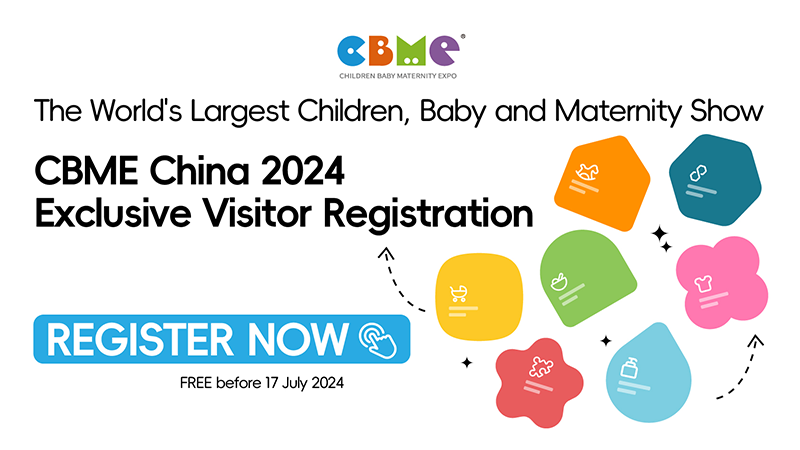China: Powering Global Growth as the Largest Economic Engine
China’s role as a global economic powerhouse continues to solidify, with its GDP growth rate reaching +4.9% year-on-year in the third quarter of 2023 as the nation embarked on a recovery path. This upward trend is expected to continue, as the Chinese Academy of Sciences forecasts a growth rate of +5.3% for 2024. With a population of over 1.4 billion and a rapidly growing middle class, China’s economy remains a vital contributor to global development. According to the National Bureau of Statistics (NBS), China is poised to be a key driver of global economic growth for years to come.
China’s Economy in 2024: Opportunities Outweigh Challenges
China’s economy is entering a new phase of high-quality growth, shifting from an investment-driven model to one fueled by domestic demand. According to UBS (2024), this transition is accompanied by the rise of three core sectors: the green economy, mass consumption, and high technology. As a result, China is set to become an even more attractive market for global businesses, offering numerous opportunities for expansion and innovation. Steven Barnett, the IMF’s chief representative in China, anticipates that family consumption and the green transition will be the key drivers of China’s economic growth in 2024, with China expected to contribute over 30% to global economic growth next year.

The Booming Chinese Maternal and Infant Market: An Overview
As China’s economy strengthens, its maternal and infant market is experiencing unprecedented growth. Rising disposable incomes, evolving consumer preferences, and heightened awareness of child health and safety have all contributed to this market expansion. China’s middle class is increasingly seeking premium, high-quality products for their babies and children, creating an enormous demand for innovative solutions that prioritize safety, wellness, and sustainability.
According to Trendinsight (2023), the mother and baby market size is set to exceed 5 trillion yuan by 2023, with growth driven by factors such as urbanization, changing family structures, and favorable government policies supporting family planning and child welfare. This growing market offers vast opportunities for businesses to tap into the demand for organic, eco-friendly, and innovative products tailored to the evolving needs of Chinese parents.
Key Trends Driving Growth in the Maternal and Infant Market
- Premium Products and Safety-First Mindset
With rising incomes and greater awareness of safety and wellness, Chinese consumers are increasingly demanding premium products for their children. Parents are no longer content with basic necessities; they seek high-quality, trustworthy brands that offer the safest and most effective solutions for their children’s needs. This shift in consumer behavior has led to a growing market for organic, eco-friendly, and innovative products, particularly in categories like baby food, skincare, and safety equipment. - Digital Channels and E-commerce
E-commerce platforms and specialized mother and baby channels have become the primary sales channels for baby and children’s products. Online shopping offers convenience, variety, and access to reviews and recommendations, making it a preferred choice for Chinese parents. According to JD Health, the maternal and infant nutrition market has seen a significant surge in online engagement, with a 59% year-on-year increase in transactions in the first half of 2023. As online sales continue to outpace offline channels, businesses must prioritize their digital presence to capture this growing demand. - Health and Nutrition: A Growing Focus
The maternal and infant nutrition market in China has shown immense growth potential. In a landscape characterized as “big and scattered,” nutrition products have seen increasing demand, especially in categories such as vitamins, probiotics, and DHA. These products are seen as essential for child development, and consumers are becoming more informed and selective about the nutritional supplements they purchase for their babies. According to the 2023 Mother and Baby Nutrition Industry Trends White Paper, although the market remains fragmented, leading brands in the nutrition sector are gradually gaining ground, offering opportunities for new players to establish a foothold.
Unlocking Opportunities in the Maternal and Infant Nutrition Market
With family consumption emerging as a key driver of economic growth, the maternal and infant nutrition market in China offers strong potential for further expansion. The Chinese market, though fragmented, presents an opportunity for brands to differentiate themselves by offering high-quality, safe, and innovative products. Categories like vitamins, probiotics, and DHA are already mature, but as parents become more knowledgeable about nutrition, there is growing potential for more specialized products designed to meet the specific needs of different age groups and developmental stages.
Brands looking to enter or expand within the Chinese maternal and infant market should focus on building trust through transparency, product quality, and targeted marketing strategies that align with the safety-first mindset of Chinese consumers. Moreover, leveraging digital channels, particularly e-commerce and social platforms, will be crucial in capturing the attention of tech-savvy parents who prioritize convenience and informed decision-making.

Conclusion: A Market with Boundless Potential
The Chinese maternal and infant market is not only growing in size but also in sophistication, with consumers demanding higher standards of quality and innovation. Businesses that can meet these expectations, particularly in nutrition, safety, and digital engagement, stand to benefit from this dynamic and rapidly evolving market. As China continues to power global economic growth, opportunities in its maternal and infant sector will continue to expand, offering a fertile ground for brands to thrive.






